What You'll See
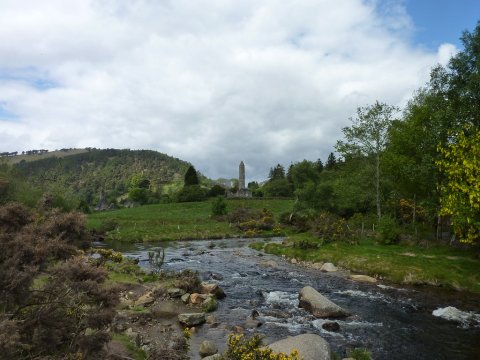
Glendalough, which is Gaelic for “Valley of the 2 lakes”, is a 6th century monastic settlement that was founded by St. Kevin. Glendalough is an area steeped in both natural beauty and historical significance.It is among the one of the top attractions in Ireland. For years, Glendalough was subject to many Viking attacks but managed to remain as a thriving monastic settlement for centuries. Many of the surviving structures you see today were built between the 10th and 12th century.
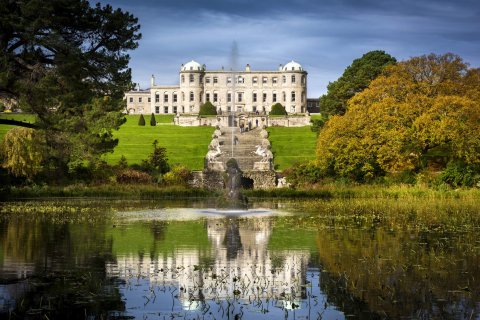
Powerscourt, in its spectacular mountain setting, is among the finest in Europe.Originally built in the 13th century as a castle, it was extensively altered in the 18th century by German architect Richard Cassels. For centuries it was owned and maintained by the Power family, an Anglo Norman family who built the castle because of its Strategic location.
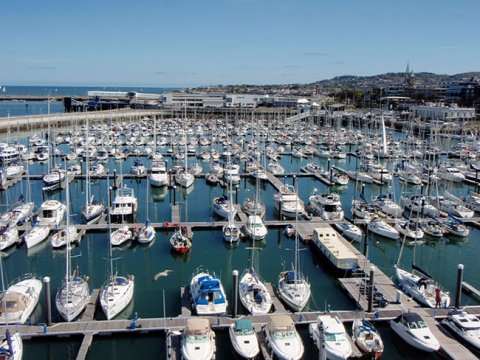
Originally founded in 480 A.D by King Laoire as a seaside fortification used for raids in Britain and France.The fort was replaced by a Martello tower by the British Administration and was part of a series of watch towers built along Dublin’s coastline, as a precaution against a French invasion.
Sandycove is a small harbour town and is famous for its James Joyce Museum.The Sandycove Martello tower was built in 1804 and was a setting in Joyce's famous novel, Ulysses.
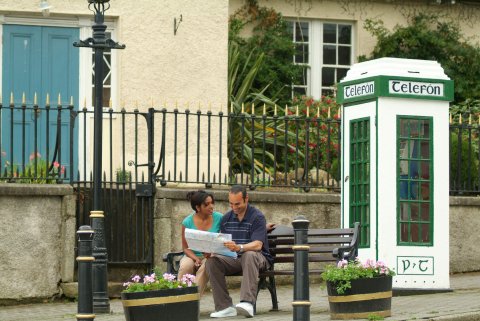
Enniskerry is a 17th Century Victorian town which is located east of the famous Wicklow Way trail.Its most notable feature is the town centre’s clock tower which was built in 1843 to celebrate the centenary of the first Viscount of Powerscourt in 1743.
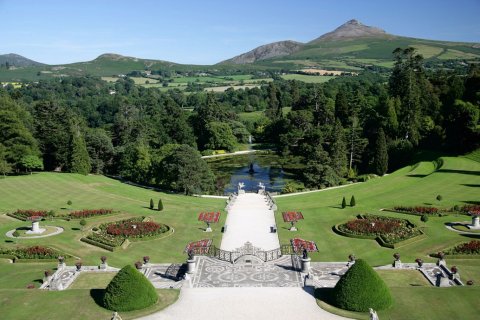
Here, you can see its stunning gardens, which has been voted by National Geographic in its “Top 10 Gardens in the World”. Powerscourt is also home to the world renowned Italian and Japanese Gardens.